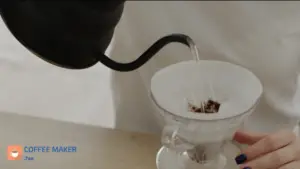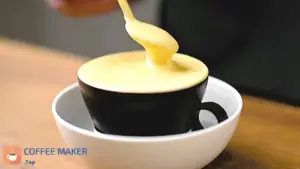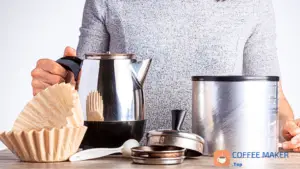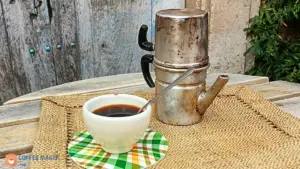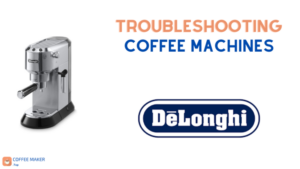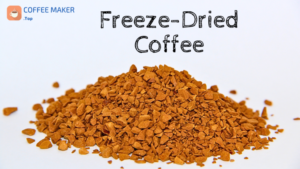Welcome, coffee lovers!
Coffeemaker.top was born with the hope of solving all the doubts of those who enjoy the experience of drinking a good coffee at home. It was created from the humility and personal experience of the writer of these lines, Pablo Barrantes.
Over the years, I have compiled hundreds of user manuals, videos, experiences and guides so that all you have to worry about is tasting your coffee. I’ll take care of the rest.
Don’t miss the blog section if you want to discover curiosities, news and other interesting facts about coffee and coffee machines. These are the latest blog entries:
Troubleshooting
- Cecotec Troubleshooting
- Saeco Troubleshooting
- Delonghi Troubleshooting
- Nespresso Troubleshooting
- Philips Senseo Troubleshooting
- Tassimo Troubleshooting
- Dolce Gusto Troubleshooting
- Krups Troubleshooting
- Jura Troubleshooting
- Keurig Troubleshooting
- Cuisinart Troubleshooting
- Ariete Troubleshooting
- Bialetti Troubleshooting
- Lavazza Troubleshooting
- Melitta Troubleshooting
- Gaggia Troubleshooting
- Philips Troubleshooting
- Ufesa Troubleshooting
Descaling
The secrets of coffee. These are the articles that readers of the blog like the most.
At Coffeemaker.top, I strive to offer content that satisfies casual coffee drinkers and experts in all techniques and secrets. I desire everyone to have a place on this website.
Here, you will learn everything from properly grinding coffee beans for each brewing method to which type of bean is the most pleasing to your palate. Additionally, I will be delighted to assist you in resolving any issues or doubts with your coffee maker.
I offer you various articles on the secrets of coffee that I have specifically selected for my readers. Explore my website and discover why these articles are the most popular among my followers:
